Meet Lucy and Charlie
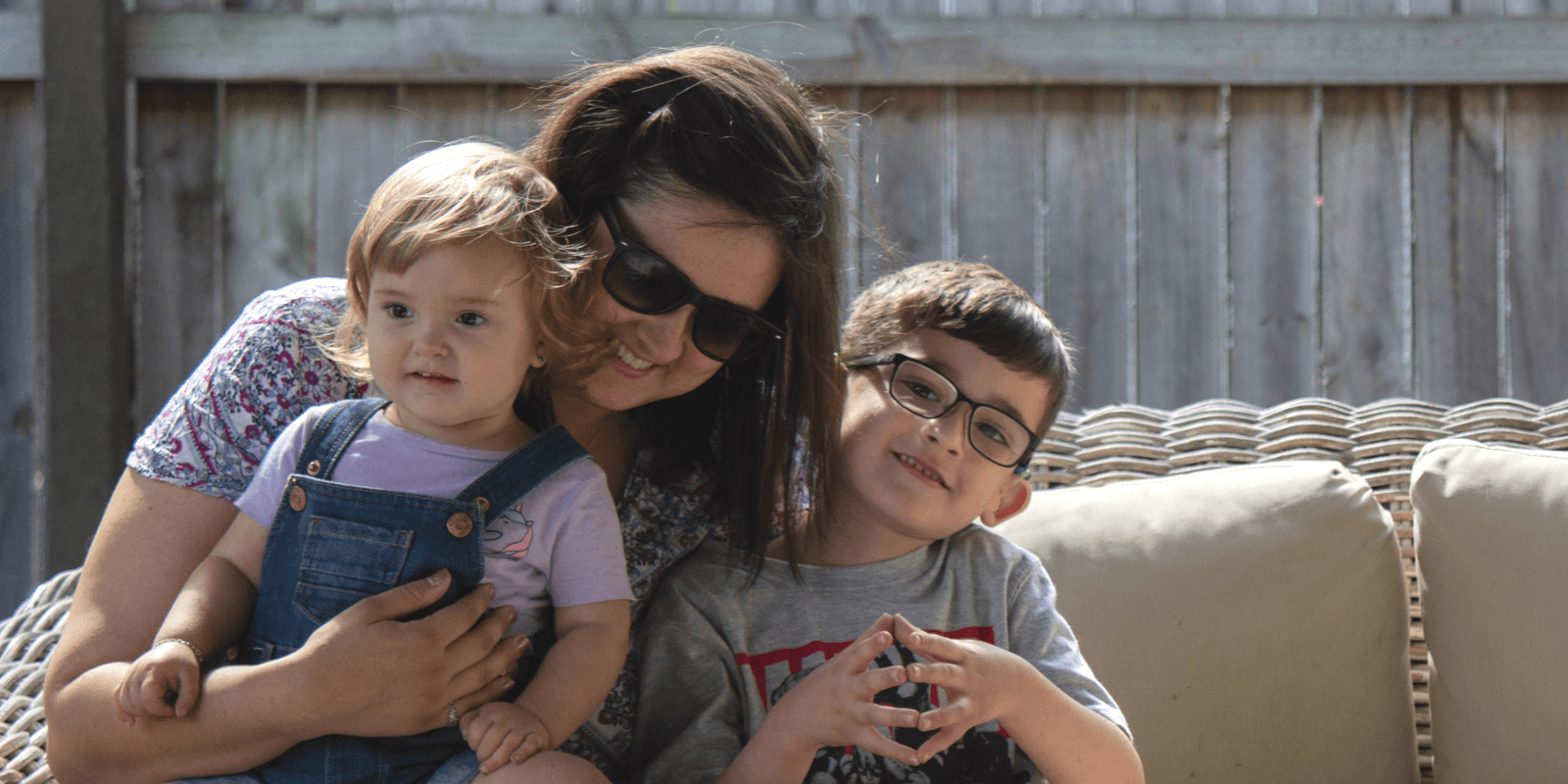
“This might seem like a strange answer, but I wasn’t sad.”
Lucy Mangan sits in the living room of her home in Brisbane. Her two children Charlie, 5 and Gracie, 2 are climbing over her, filling the living room with a wound-up energy particular to siblings on a school holiday morning. Lucy’s story, however, begins far away from here, on the roads connecting rural Victoria.
“We were always travelling,” Lucy says. “Constantly going to appointments, because Charlie was growing. It was an hour and a half to Geelong, a few times a week.”
Charlie had been born only a few months before, diagnosed at birth with moderate bilateral hearing loss.
“I remember them being really apologetic at the hospital,” Lucy says. “Straight away they said Oh, it must be a mistake. Even after he failed a string of hearing tests, and we began seeing audiologists, it was always the same: We’re so sorry. So very sorry.”
Lucy describes her state of mind in the early stages of Charlie’s life as having a certain numbness.
“It wasn’t really any reaction at all,” she says. “This was just what our life was now.”
She was approached by a number of early intervention services, none of which really seemed to align with her idea of who Charlie was and could be.
Charlie was fitted with hearing aids and the long trips to have them adjusted continued. Lucy remembers this time as one of uncertainty, and the “extreme nervousness” of taking her son out in public.
“I had no understanding or confidence with what deafness meant.” Lucy says. “I had no experience of the Deaf community, and I didn’t know what to say to people when they’d stop and ask about Charlie. Before we moved to Queensland to be closer to the Hear for Kids program, I didn’t put his hearing aids on a lot of the time, because I wanted to avoid the questions.”
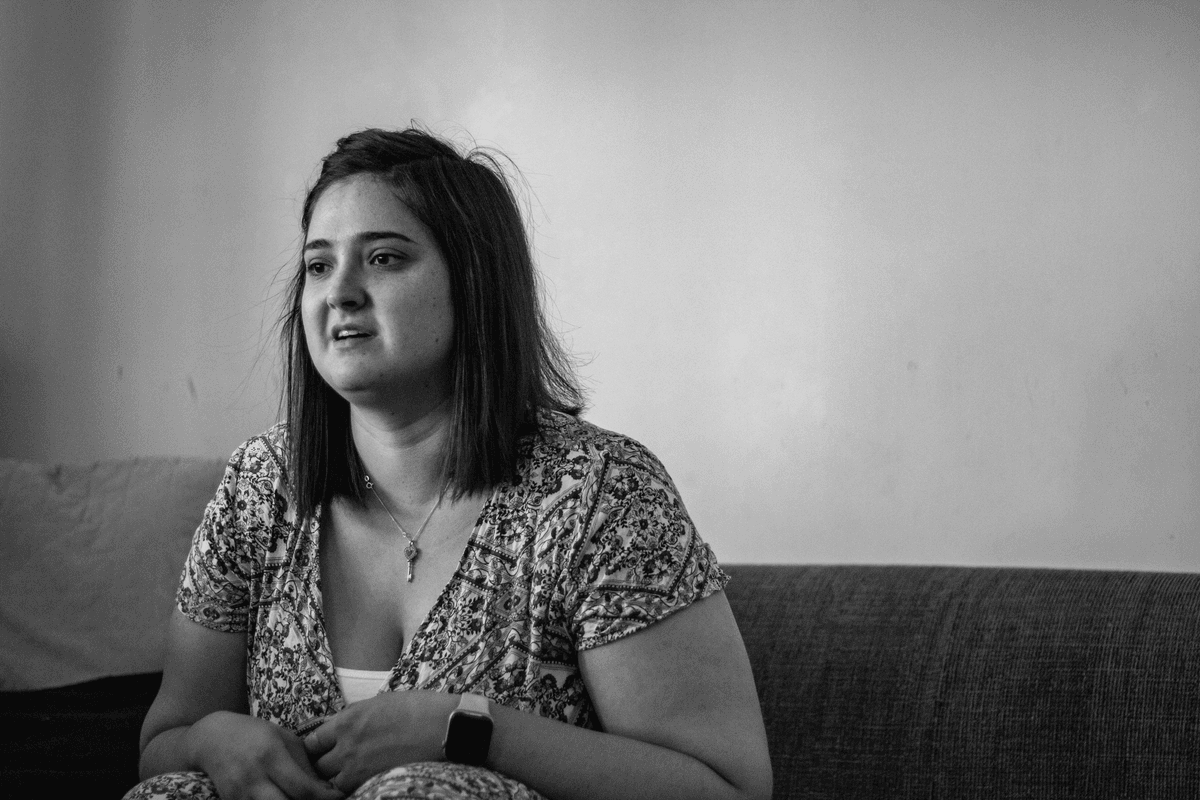
Lucy recalls with clarity her first visceral reaction to Charlie’s hearing loss: a moment when her son was waking up from an operation to insert a second set of grommets (small plastic tubes placed in the eardrums to encourage air circulation and prevent fluid build-up in the inner ear) following persistent ear infections.
“He woke up screaming,” she remembers. “Just from the ambient sound of this quiet recovery room. It was so loud for him. I broke down. I realised that he really couldn’t hear anything until now.”
Lucy, originally from Queensland, investigated her options further and found out about Hear for Kids, the early intervention program of Deaf Services operating in her home state.
They moved to Brisbane when Charlie turned one and began attending Playgroups held at Education Queensland’s Early Childhood Development Program (ECDP) at Yeerongpilly in Brisbane’s south. ECDP playgroups are supported by Hear for Kids therapists. From the moment she arrived, Lucy knew she had found a program that suited her family.
“There was never any pressure on me or Charlie about communication,” she says. “If he wanted to sign, or wanted to speak, it was completely up to him to do whatever he wanted. It was all new to me, so I had no idea, but to have the freedom to explore our options was amazing.”
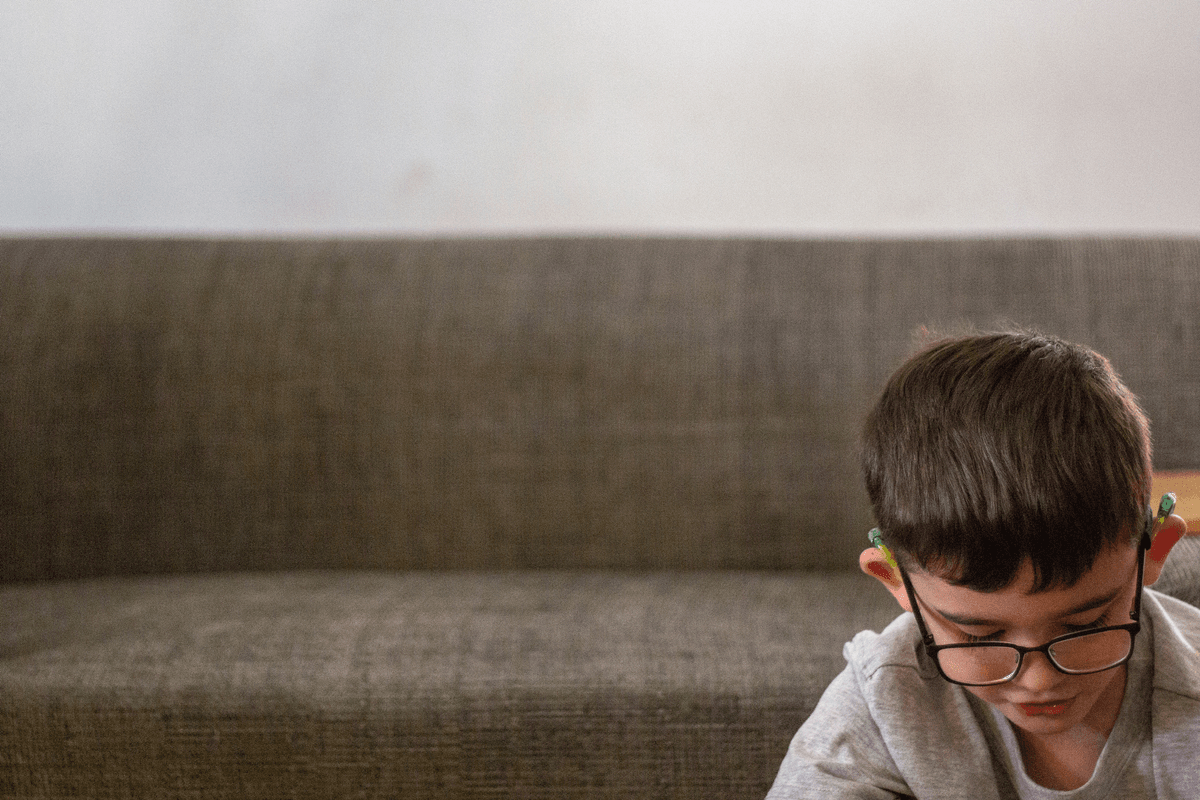
18 months later, Charlie started weekly visits to the ECDP, where he received Speech Therapy, Physiotherapy, Occupational Therapy from Hear for Kids and sessions from a Teacher of the Deaf from Education Queensland. The difference it made to Charlie’s life was immediate, and not just to his communication.
“There were so many things I wouldn’t have picked up on,” Lucy says. “They identified him as a late walker, for instance, and that he was pigeon-toed. They gave him orthotics and physio and got him walking.”
Between the ages of two and four, Charlie relied on Auslan for communication, and attended a bilingual/bicultural group program, where he and Lucy were further introduced to Deaf culture.
“It was so important to me that Charlie never saw being Deaf as something different,” Lucy says. “At Hear for Kids, he always had signing going on around him, even if it was just in the background. He loved the group program so much. It wasn’t just learning Auslan, but understanding Deaf culture as a whole.”
Even as Charlie began to settle in to himself, Lucy found she still couldn’t rid herself of hesitancy around her son’s identity.
“I felt awkward referring to Charlie as Deaf because I thought this was disrespectful to people with profound hearing loss,” she explains. “It wasn’t until I talked about it to one of Charlie’s language teachers that I understood. She told me You’re either Deaf or you’re not. You wouldn’t describe yourself as ‘a little bit pregnant’, would you? You’re either pregnant or you’re not. Being Deaf is the same. That was a great point!”
This was a seismic shift in Lucy’s understanding of Deaf identity, and where her son fitted into the community. Lucy began taking sign language classes with Deaf Services, attaining Level III in Auslan, allowing her to communicate with Charlie.
“It wasn’t long after we started at Hear for Kids that my confidence grew so much about who Charlie was. I’m happy to answer questions from people now. You still get people saying oh I’m so sorry, and you just have to educate them, otherwise how else are they going to learn. Now I’m proud to say my son is Deaf.”
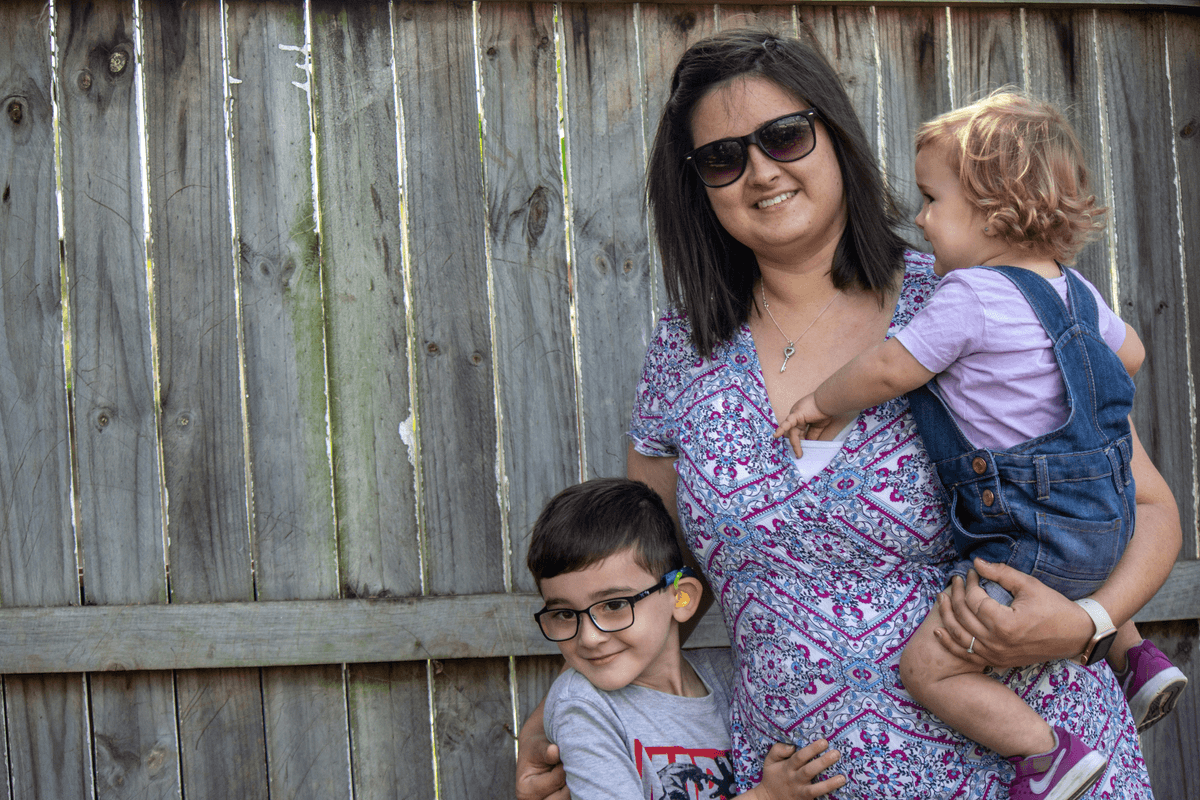
When Charlie was three, the Hear for Kids staff arranged a pediatric assessment for Charlie, leading to a surprising result.
“They fast-tracked it all for me,” says Lucy. “They wrote and submitted all the reports, and within six months he had been diagnosed with Level 2 Autism Spectrum Disorder. If I’d tried to do it myself, it would’ve been a two to three year wait. No one in Victoria had flagged that he might have a dual diagnosis.”
When it came time for Charlie to leave the ECDP, Lucy admits she felt “a bit scared” about what was to come next. Luckily, Hear for Kids in School Program allowed Charlie to receive continued support through his transition to school.
“We are so lucky that Hear for Kids can continue to support Charlie in school, that we can still access speech, physio and occupational therapy, and Charlie gets that consistent stability of people he knows and loves working with. If we weren’t able to access this support, I don’t know what we’d do.”
Charlie now attends Toowong State School, renowned for its bilingual/bicultural program incorporating Auslan and Deaf culture into everyday learning. There are four other Deaf children in Charlie’s class, and three of them have joined him from Yeerongpilly ECDP. He even has a Teacher of the Deaf who taught him at Yeerongpilly.
It’s clear that Hear for Kids’ holistic philosophy of early education, one that always includes and is led by the whole family, has made the world of different to Lucy.
“I’m definitely an advocate now,” she says. “Often I’ll be in a waiting room with Charlie for an ENT appointment and there’ll be other families there and you can tell it’s new for them and they’re panicking. I can tell them yes, it’s overwhelming, but it will be okay. I tell them a great first step is coming to a playgroup and finding out what your options are.”
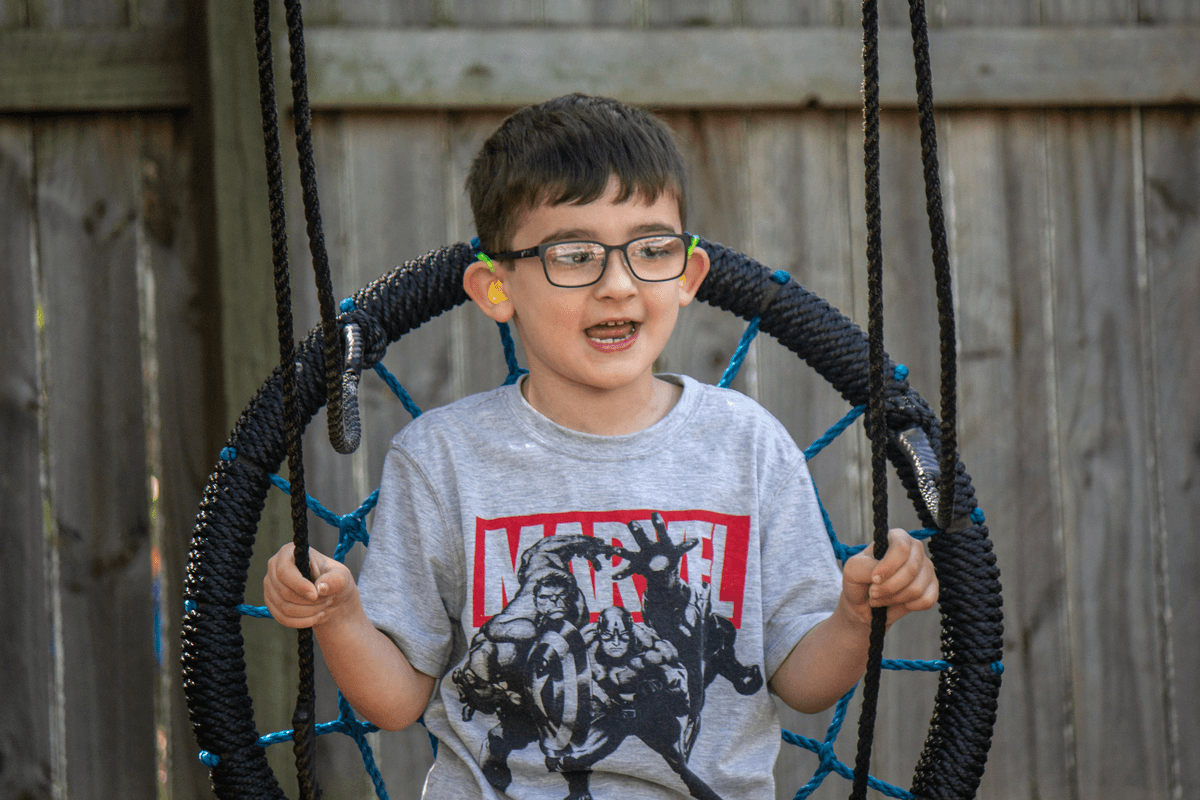
She stresses that early intervention doesn’t mean an overnight fix, and that being realistic is essential.
“There’s always debate about methods of communication within both the Deaf and hearing communities, but for me it was about giving Charlie the best chance of communicating with his peers. I knew he’d meet other children who have a profound hearing loss and I wanted him to be able to communicate with them.”
Indeed, Lucy lists one of her favourite things as watching how Charlie interacts with friends with different levels of hearing.
When we ask Charlie about his favourite thing about the support he has received, he instantly lists off a roll-call of therapists and teachers , each one of whom has clearly meant the world to him.

We would love to hear from you
We would love to know what you think about The Deaf Lottery!
1800 77 36 78
All times displayed in your local timezone unless stated otherwise. Deaf Lottery is in aid of the charitable services of Deaf Services Limited (T/A Deaf Connect) and is a registered charity with Australian Charities and Not-for-profits Commission (ABN 62 118 664 298). Located at Level 5, 88 Tribune Street, South Brisbane QLD 4101, Australia.



